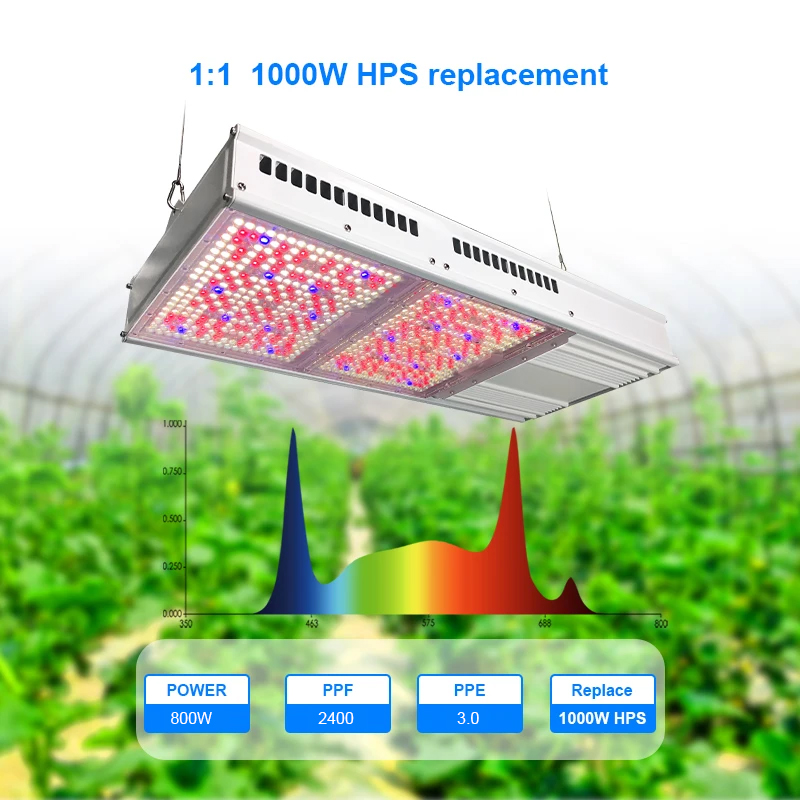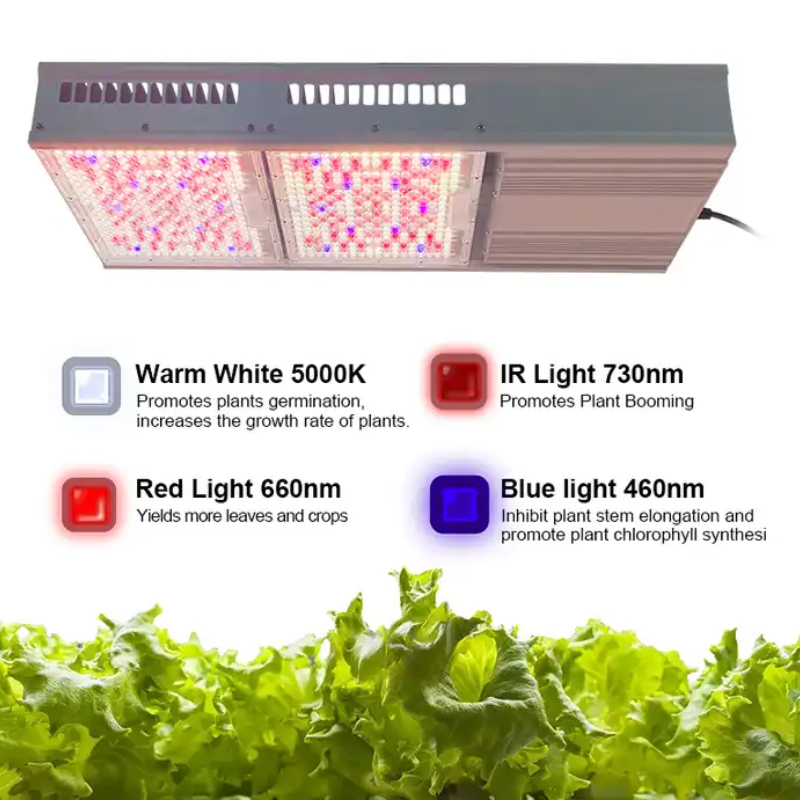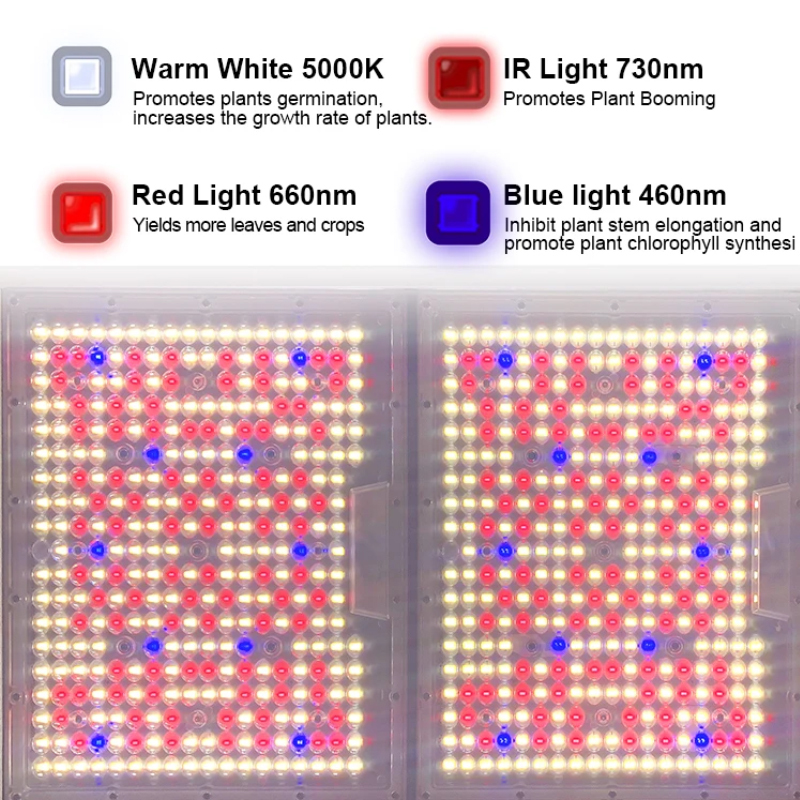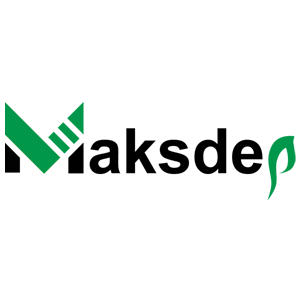High-Pressure Sodium (HPS) and Light Emitting Diode (LED) Grow Lights are both popular choices for indoor gardening, particularly in the cultivation of plants like cannabis or other crops. Here are some key differences between HPS and Led Grow Lights:
-
Light Spectrum:
- HPS: HPS lights emit light in a spectrum that is strong in the yellow and red wavelengths, which are essential for flowering and fruiting stages of plant growth. However, they lack in the blue spectrum, which is crucial for vegetative growth.
- LED: LED grow lights, including Full Spectrum Led Grow Lights, can be designed to emit a specific spectrum of light by combining different colored LEDs. This allows growers to tailor the light spectrum to the specific needs of their plants, including both blue and red wavelengths for various growth stages.

-
Energy Efficiency:
- HPS: HPS lights are not as energy-efficient as LED lights or commercial LED grow lights. They produce a significant amount of heat, and a substantial portion of the energy is wasted as infrared radiation.
- LED: LED grow lights, including Indoor Led Grow Lights, are more energy-efficient as they emit very little heat and can be designed to provide the exact spectrum needed for plant growth. This can result in lower electricity costs over time.
-
Heat Emission:
- HPS: HPS lights generate a considerable amount of heat, which can necessitate the use of additional cooling systems. This can impact the overall temperature in the growing environment.
- LED: LED grow lights produce minimal heat, reducing the need for extra cooling equipment. This makes them more suitable for environments where temperature control is crucial, such as in Greenhouse Grow Lights.

-
Lifespan:
- HPS: HPS bulbs have a limited lifespan and tend to degrade over time, requiring replacement every 1-2 years.
- LED: LED grow lights generally have a longer lifespan, often lasting for 50,000 hours or more. This can result in lower maintenance costs in the long run, making them the Best Grow Lights for long-term use.
-
Initial Cost:
- HPS: HPS setups are often less expensive initially, making them an attractive option for those on a tight budget, especially for Commercial Grow Lights.
- LED: LED grow lights, including the best grow lights, typically have a higher upfront cost, but the long-term energy savings and longer lifespan can make them cost-effective over time.
-
Size and Design:
- HPS: HPS fixtures can be bulkier and heavier compared to modern LED grow lights. They may also require additional equipment such as reflectors to optimize light distribution.
- LED: LED grow lights are often more compact and lightweight. They come in various designs, including panel, bar, and quantum board styles, offering more flexibility in installation and layout, making them suitable as Indoor Plant Lights.

-
Customization:
- HPS: HPS lights have a fixed spectrum, and adjustments may require changing bulbs or using additional filters.
- LED: LED grow lights allow for greater customization of the light spectrum. Some models, like full spectrum led grow lights, come with adjustable spectrums or programmable settings, allowing growers to optimize light conditions for different stages of plant growth.
-
Environmental Impact:
- HPS: HPS lights consume more energy and contribute to higher electricity bills. Additionally, the production and disposal of HPS bulbs can have environmental implications.
- LED: LED grow lights are considered more environmentally friendly due to their energy efficiency and longer lifespan, resulting in reduced energy consumption and waste. This makes them a sustainable choice for those looking for eco-friendly Grow Lamp options.
Ultimately, the choice between HPS and LED grow lights depends on various factors such as budget, energy efficiency, heat management, and the specific needs of the plants being grown. Many growers are increasingly adopting LED technology, including Led Plant Lights, due to its versatility and long-term benefits, despite the higher initial cost.





